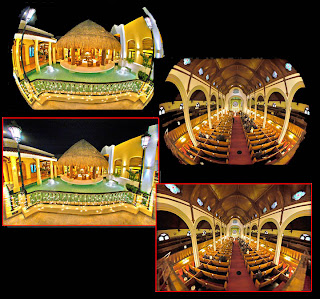 LexJet recently introduced a new line of window films that can be used in all types of commercial and private home design applications. The film allows light to pass through, but the texture of the material provides privacy. They developed three distinct looks, from a three-dimensional stained glass look, to a pebbled matte texture, to rice paper, they have a look that will fit your decor.
LexJet recently introduced a new line of window films that can be used in all types of commercial and private home design applications. The film allows light to pass through, but the texture of the material provides privacy. They developed three distinct looks, from a three-dimensional stained glass look, to a pebbled matte texture, to rice paper, they have a look that will fit your decor.LexJet Introduces Printable Décor & Privacy Window Films
The new SUV-compatible window film line includes Glacier, Velvet, and Rice Paper Window Films. Each film was specially-developed based on customer requests for a window imaging solution that can be used in a wide range of environments, from residential to high-end commercial, retail, and corporate décor.
"We used LexJet Rice Paper in a custom showcase home and it generated a great deal of interest from people touring the home," says Lance Licciardi, Licciardi Design, Sarasota, Fla. "I plan to use the printable privacy window films in future projects because they allow me to create a range of custom window effects without having to specify costly custom glass."
Contact us for more details if you are interested in using this unique material for your next project.







